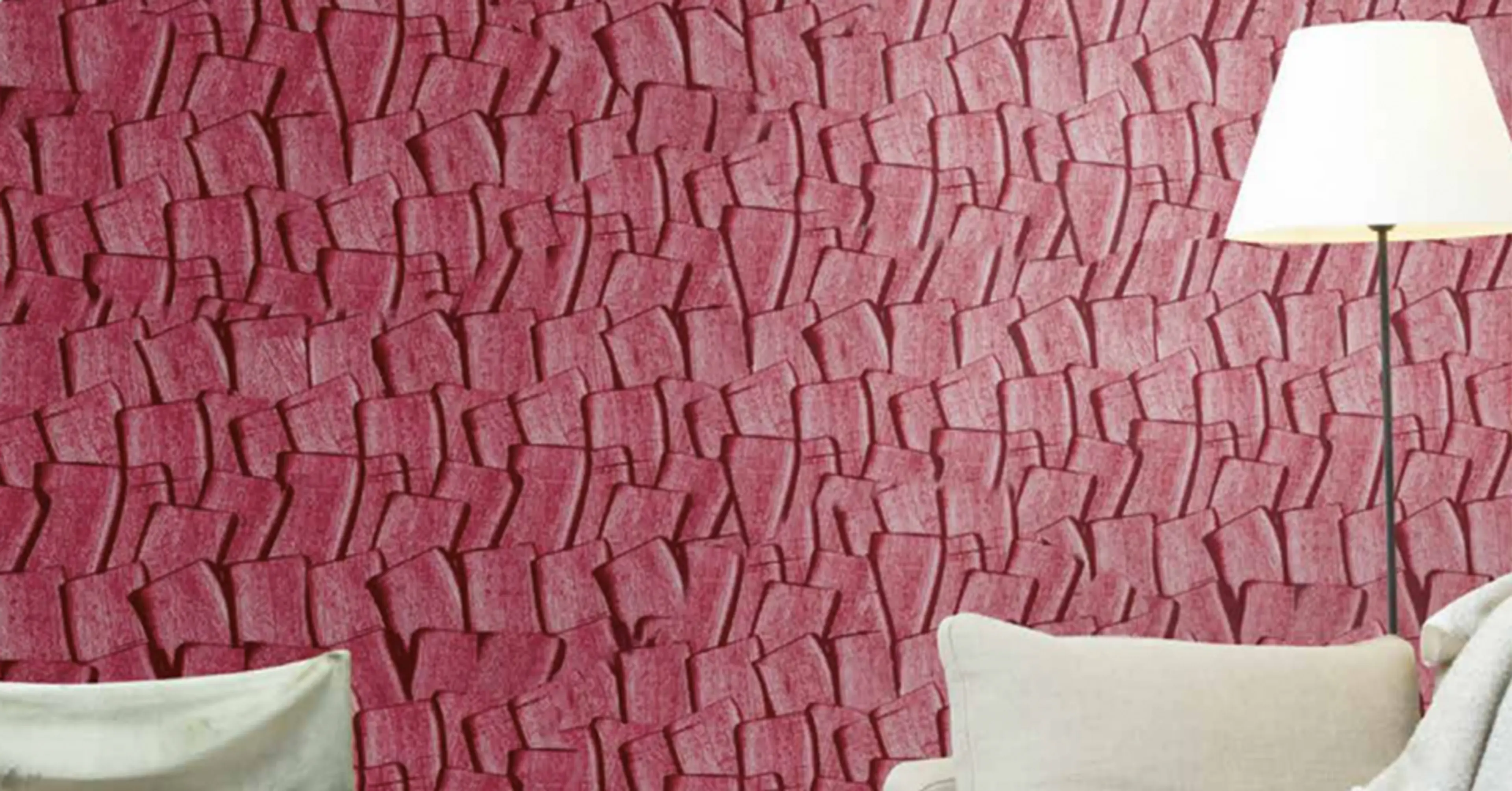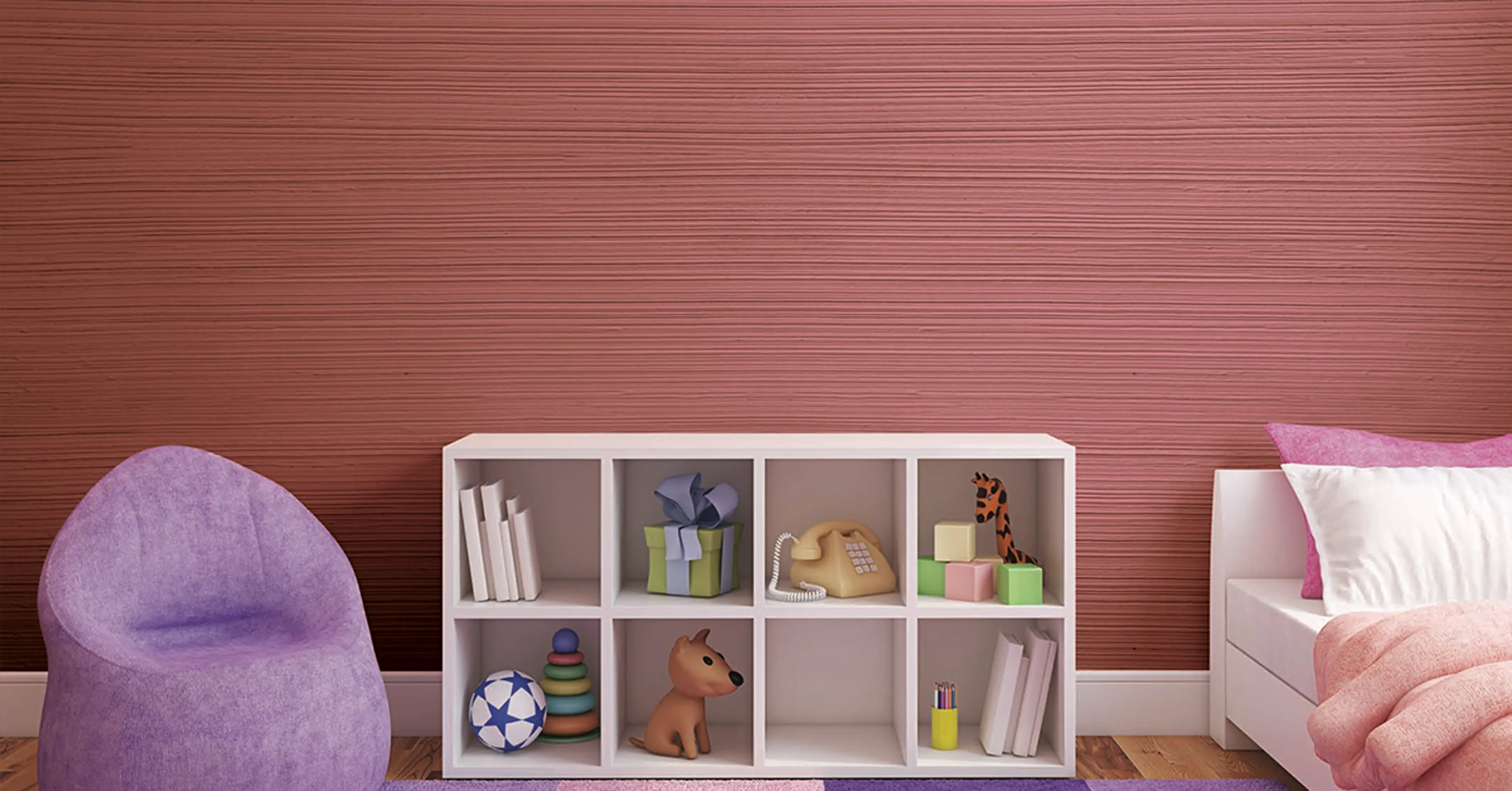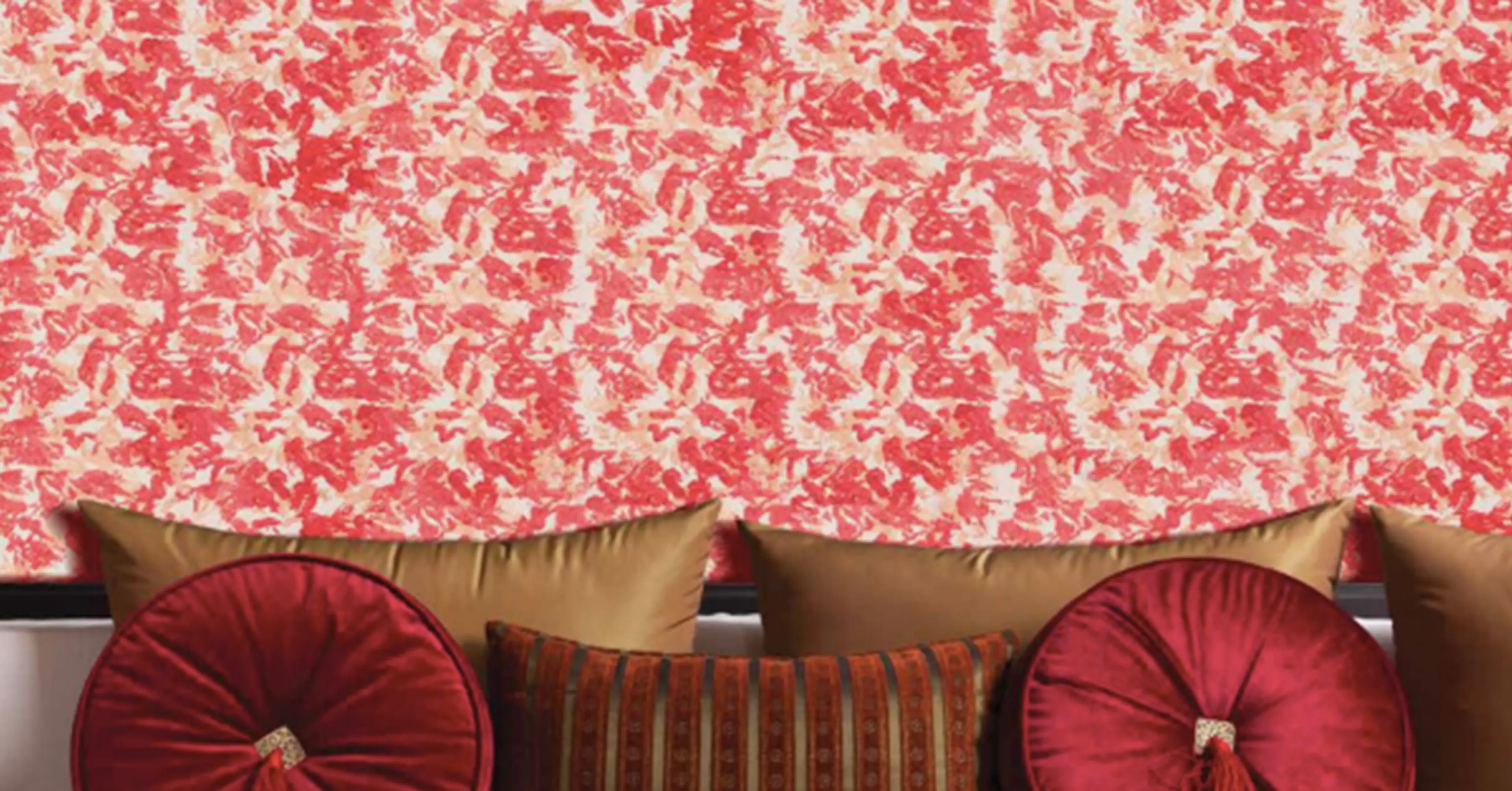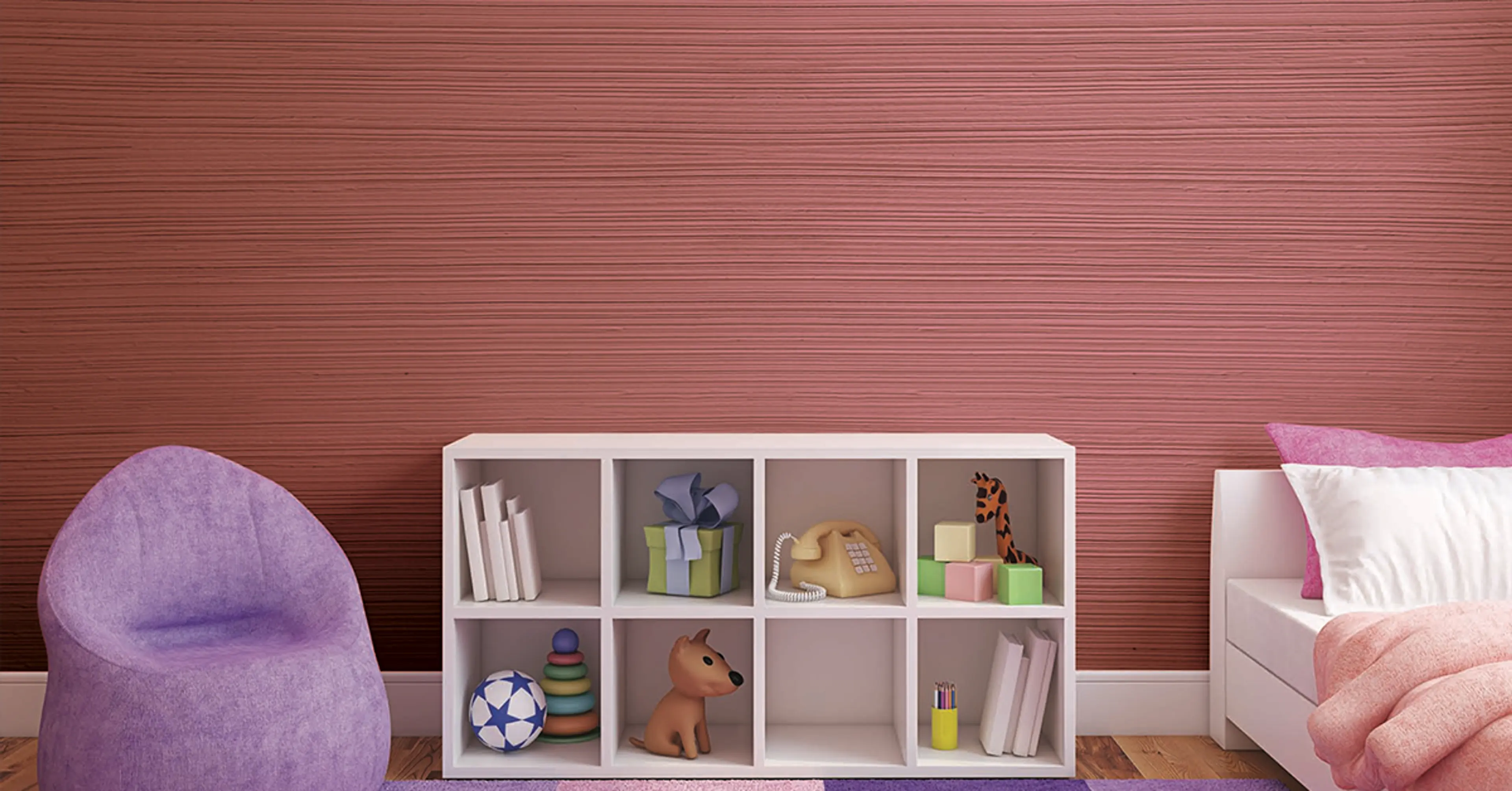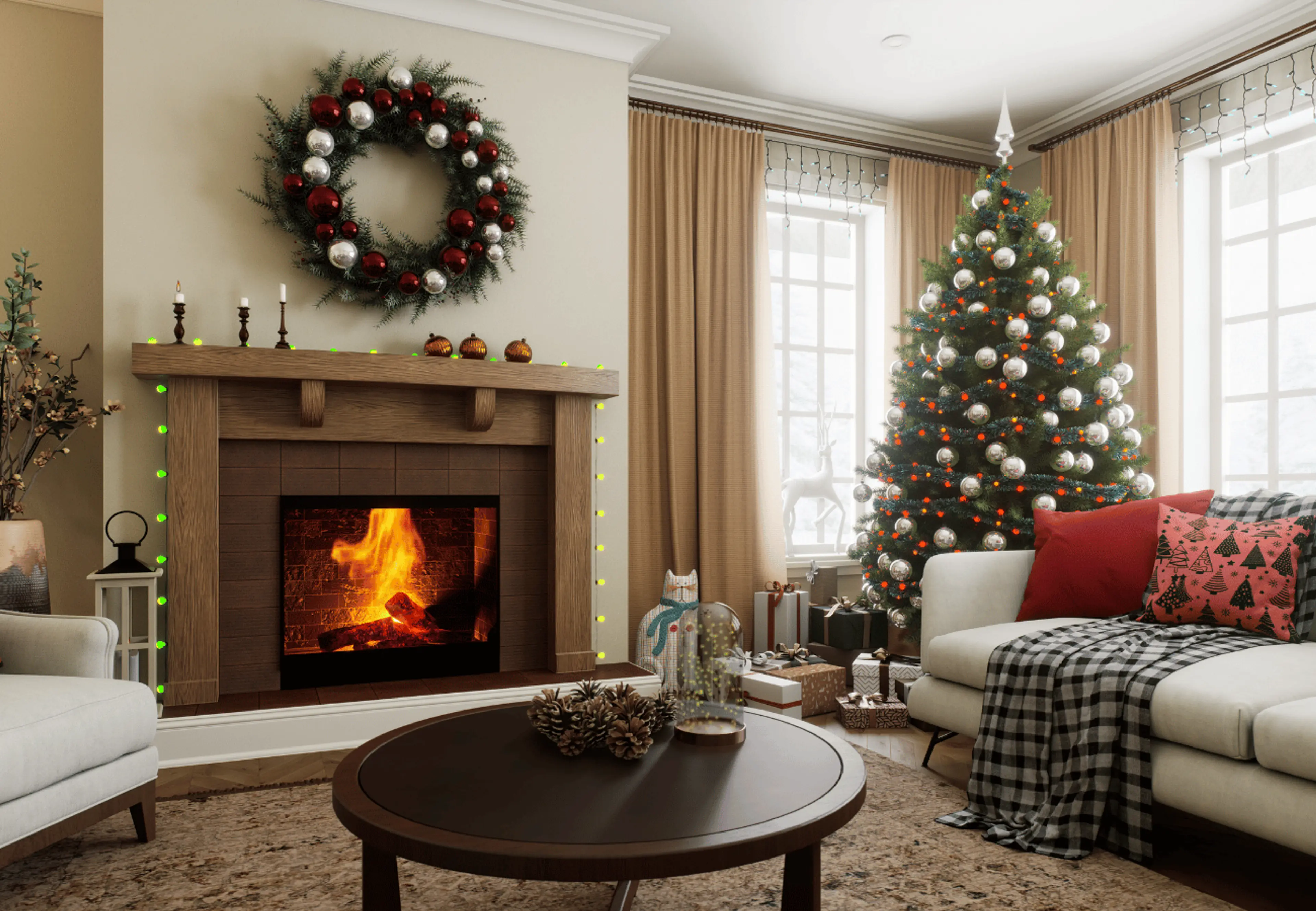Trending Wall Texture Designs To Revamp Your Home

 Sep , 2022
Sep , 2022- Berger Speaks
- 4 Min Read
Introduction To Wall Texture Designs
The days of plain, flat walls are long gone. With the rise of wall texture designs, you can now add visually stunning elements to your home. From subtle finishes to bold patterns, there are endless wall texture ideas to explore.
Let’s take a look at some of the best ones below.
What Is Wall Texture Design?
Before we dive in, let’s quickly go over the meaning of wall texture designs. Texture paint designs are basically the use of texture paint or materials to create a three-dimensional effect. This isn’t a simple painting project; with the multi-dimensional texture of wall design, we leave behind the world of bland and boring and enter the world of interior decor where there are infinite ways of making walls stand out.
Check out this texture catalogue for interesting details.
Significance Of Texture Of Wall Design
Enhances Aesthetic Appeal
One of the biggest effects of wall texture designs is its ability to instantly lift the level of a room’s beauty. Most houses we’ve seen for decades have believed that the only way to add interest to a room and make any visual difference is by adding pieces of furniture and other show pieces, including the wall-mounted type. But what if a wall itself was made the central focal point?
That principle is the backbone of texture paint designs.
Creates A Polished Look
Unlike the effect you have when you crowd a room with showpieces to get the guest’s attention, texture paint designs for living room achieve the same but through much classier ways. Not only is your focal point not obstructing the view, but it also subtly becomes the view itself.
Defines The Mood Of A Space
Similar to showpieces and dramatic decor, texture paint designs define the mood of a space. Different textures evoke different emotions, making their selection process all the more important.
Improves Durability And Maintenance
Textured surfaces are less prone to revealing signs of dirt, fingerprints, and other such imperfections – so their uses go beyond aesthetic appeal. They serve the practical purpose of hiding blemishes successfully with the help of subtle beautification.
Texture Paint Designs For Living Room
Marble Finish
Marble texture paint designs like Silk GlamArt Stucco have become quite popular in recent years. Many people are starting to recognize this texture’s understated beauty and elegance.
A combination of white, grey, and black colours works best for this texture.
Geometric Patterns
A more neutral/masculine texture of wall design is geometric patterns. From simple lines to intricate shapes, their complexity can vary but the idea is to keep it simple yet add an element of measured fun.
This is a more modern wall texture design for hall.
Metallic Textures
If you want to add a touch of glamour and sophistication, go for metallic texture paint designs. However, we suggest using metallic textures in careful amounts in order to avoid overwhelming the space. Such radiance is sure to elevate your wall texture types for festive season.
Wall Texture Design For Hall
Spatula Wall Texture
This type of texture of wall design is all about the technique of paint application. In this, you apply layers over layers of paint at an angle with a spatula, creating a three-dimensional effect. The spatula wall texture design outside is enough to make a fun, bold, catchy statement.
Brick Wall Texture
Brick wall texture designs are great if you want to add a rustic charm to your house. This is quite a commonly seen wall texture design outside - it looks like exposed brick, creating an almost industrial look. To achieve a realistic brick texture of wall design, go with red, brown, or greyish colours.
Criss-Cross Patterns
Criss-cross patterns are one of the playful wall texture ideas. While giving the illusion of disarray, this style of texturing painting requires attention to detail and an eye for the arts.
Bedroom Texture Paint Ideas
Floral Patterns
A soft, feminine wall texture idea is floral patterns. It can make for quite the hypnotic wall, bringing a sense of calm. This makes it a good contender for bedroom texture paint ideas.
Concrete Finish
A polar opposite aesthetic from the last one is a concrete finish wall texture design. This texture gives the sense of exposed concrete, adding a raw and edgy feel. That makes it either a suitable option for wall texture design for hall or as a wall texture design outside. With the former, the effect of exposed concrete is a lot more magnified, mainly because it brings the outdoors inside the home.
Velvet Touch
The velvet touch texture of wall design is reminiscent of the softness and richness of velvet fabric. To achieve a velvet-like appearance, use soft brush strokes and a gentle hand during application.
How To Apply Wall Texture?
1. Prepare The Surface
To help the paint stick better, proper surface preparation is necessary. Clean the walls and remove any loose particles and dust. Fill up cracks and holes in the walls. Repair any other blemishes before you start working on the texture paint designs.
2. Prime The Wall
To make sure that the paint adheres well and gives a professional painting look, apply primer to the walls. Choose a primer that is compatible with the texture paint. Allow the primer to dry completely before moving to the next step.
3. Mix The Texture Compound
Mix the texture compound as instructed on the box/can. If you want to change the consistency, alter the compound composition.
4. Apply Wall Texture
Now finally, the real work begins. Using the right tools, apply the texture compound to the walls in the design you’ve finalised.
Do some sample practice before starting with the actual application to avoid making mistakes.
To get the perfect results every time, hire the best in the industry with Berger Express Painting.
5. Let The Texture Dry
Allow the texture to dry completely before applying the topcoat.
Conclusion
Elevate Your Space with Berger Wall Textures!
Transform your home with stunning wall texture designs from Berger Paints. Explore our premium range of texture paint products that bring elegance and individuality to every room. Whether you’re looking for the classic charm of Spatulato, the opulent allure of Royal Hues, or the modern appeal of concrete-like textures, Berger has you covered.
check for any query you have about the blog
Frequently Asked Questions
Some of the latest wall texture designs for living rooms are marble finish, geometric patterns, and metallic textures.
Some of the stylish wall texture ideas for hallways are spatula wall texture, brick wall texture, and criss-cross patterns.
Some of the best texture paint designs for bedrooms are floral patterns, concrete finishes, and velvet touch textures.
To apply well textures effectively, prepare the surface, prime the wall, mix the texture compound, and apply the texture using the correct tools.
Berger Paints offers a wide range of products to help you get the best wall texture designs, like texture paints and primers.

